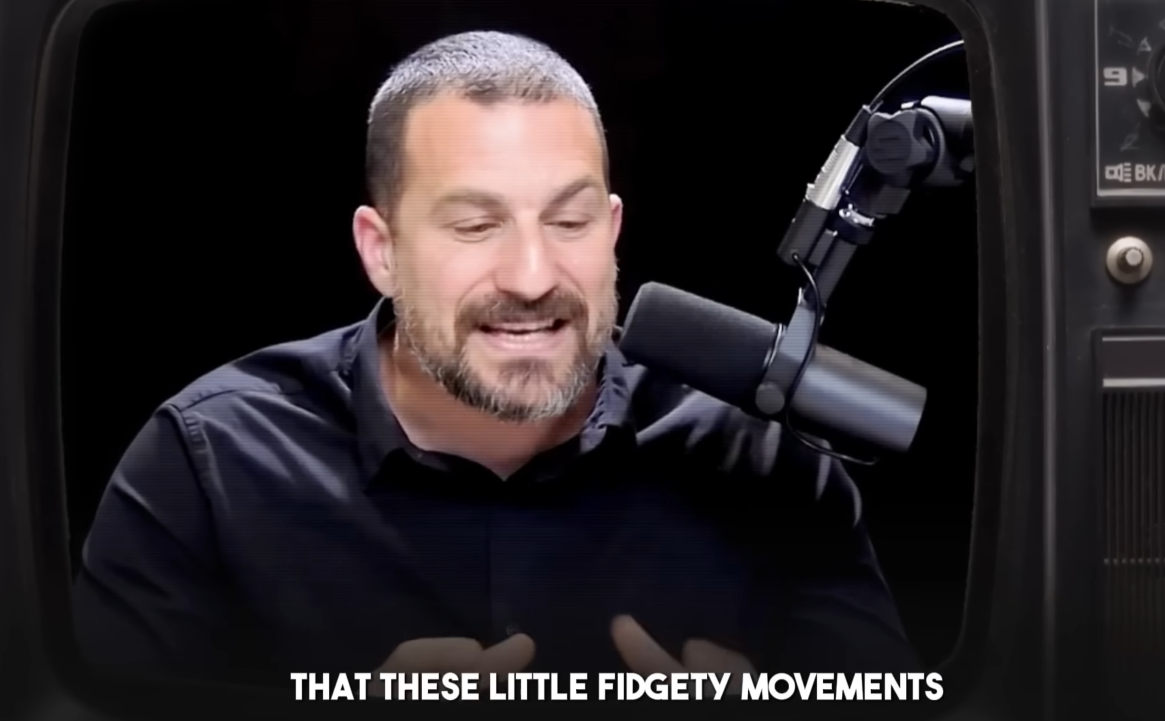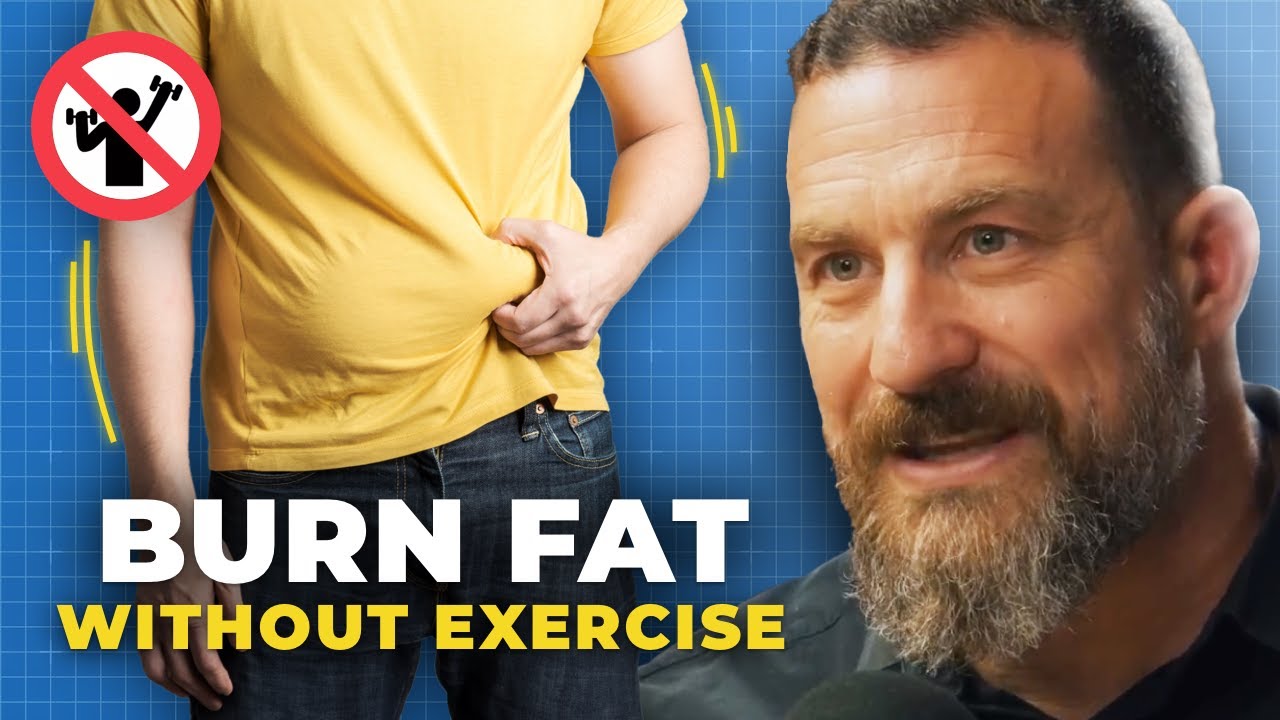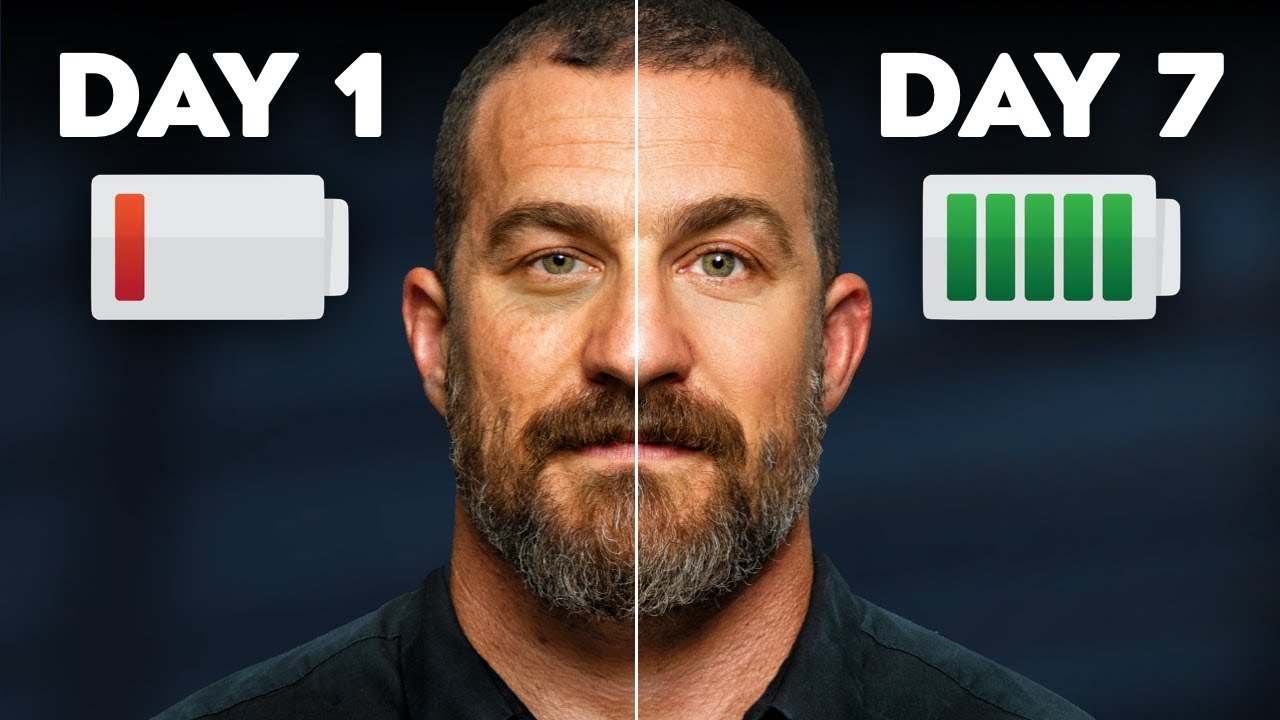When we think about fat loss, we often imagine long runs, intense strength workouts, or hours spent in the gym. But what if I told you that one of the most powerful ways to accelerate fat burning doesn’t involve traditional exercise at all? In fact, research has shown that subtle, involuntary body movements—such as fidgeting, pacing, or even shivering—can increase energy expenditure by hundreds, even thousands, of calories per day.
This lesser-known mechanism is called Non-Exercise Activity Thermogenesis (NEAT), and it’s quickly gaining recognition among scientists and nutrition professionals for its role in daily calorie burn and metabolic health.
Let’s break it down.

What Is NEAT and Why Does It Matter?
NEAT stands for Non-Exercise Activity Thermogenesis, which refers to the calories your body burns during everyday, non-planned physical activity. This includes things like walking to the kitchen, shifting in your chair, bouncing your knee, or even doing chores around the house.
According to several studies, NEAT can account for anywhere from 800 to 2,500 extra calories burned per day depending on your individual activity level. That’s the caloric equivalent of a 60-minute run—achieved without setting foot in a gym.
What’s more fascinating is that these micro-movements can stimulate epinephrine (adrenaline) release, triggering fat cells to release stored energy, a process known as lipolysis.
The Science Behind “Fidgeting” and Fat Loss
Decades ago, researchers Rothwell and Stock conducted groundbreaking studies in England, exploring why some people overeat but don’t gain weight, while others gain fat easily. Their research revealed a striking difference: the lean individuals were naturally more active in subtle ways—they moved more throughout the day, even while sitting.
These people were labeled “fidgeters.” They didn’t necessarily exercise more, but they consistently engaged in small movements—like tapping their foot, standing frequently, adjusting posture, and gesturing energetically during conversations. These behaviors added up significantly in terms of caloric output.
In controlled studies, fidgeters consistently burned up to 2,500 more calories per day than those who remained mostly still, even when both groups ate the same number of calories.

Why Subtle Movement Works: Fat-Burning Through the Sympathetic Nervous System
How can something as simple as wiggling your toes or shifting your weight contribute to fat loss?
Here’s the mechanism: Small, repetitive movements engage your sympathetic nervous system, which governs your “fight or flight” response. This stimulates the release of adrenaline, which activates fat-burning pathways in the body—especially in visceral and subcutaneous fat stores.
Additionally, these subtle actions require energy from multiple small muscle groups, particularly the core, legs, and back. The constant engagement, even at low intensity, keeps your metabolism elevated and encourages the breakdown of stored fat for fuel.
Shivering: The Surprising Fat-Burning Trigger
Interestingly, shivering is another potent, though often overlooked, tool for fat oxidation. When you’re cold, your body begins to shiver to generate heat. This process stimulates a strong release of adrenaline and engages multiple muscle fibers—especially brown fat, which is highly metabolically active.
You don’t need to put yourself in an ice bath to see benefits. Mild cold exposure (like a cool room or wearing lighter clothing in cooler temperatures) can encourage mild shivering and spark metabolic activity. Just a few minutes of light shivering can significantly boost thermogenesis and calorie burn.

Real-Life Examples of High NEAT Behavior
Think of people who seem endlessly energetic—they jump up quickly when called, walk with purpose, talk with animated hand gestures, and constantly reposition themselves in their seats. These high-NEAT individuals may not hit the gym daily, yet they maintain leaner physiques and better metabolic health.
In contrast, individuals who move slowly and deliberately, sit for long periods, or rarely change positions tend to have lower NEAT and may struggle with weight gain even on similar diets.
If you’ve ever traveled and found yourself eating heavier meals but gaining less weight, part of the explanation might be an increase in spontaneous movement—walking through airports, sightseeing, standing in lines—all subtle but meaningful contributors to NEAT.
How to Increase NEAT for Better Fat Loss
Here are practical strategies you can start using immediately:
- Set movement reminders: Every 30-60 minutes, stand up, stretch, or walk around for 2-3 minutes.
- Pace during calls: Take phone or Zoom meetings while standing or walking.
- Use a standing desk: Alternate between sitting and standing throughout your workday.
- Fidget mindfully: Tap your fingers, bounce your knee, shift your weight—these movements add up.
- Take the scenic route: Park farther away, take stairs instead of elevators, or walk short errands.
- Incorporate cold exposure: Try spending time in cooler environments to gently encourage shivering.
These changes may seem minor, but collectively, they can boost your daily calorie burn by 20-30% without affecting your schedule or requiring a gym membership.

Expert Tip: Pair NEAT with Smart Nutrition
While NEAT enhances fat oxidation, it works best when paired with nutrient-dense, anti-inflammatory meals that support metabolic function. Focus on whole foods like:
- Leafy greens, cruciferous vegetables, and berries (support detox and hormone balance)
- Lean proteins like wild-caught salmon, free-range chicken, or legumes (build lean muscle)
- Healthy fats such as avocado, extra-virgin olive oil, and walnuts (support brain and hormonal health)
Avoid ultra-processed snacks, refined sugars, and inflammatory oils, which counteract the benefits of NEAT by spiking insulin and promoting fat storage.



